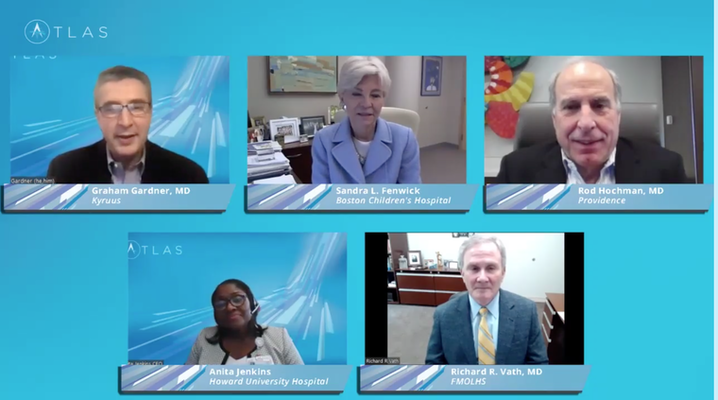
Without question COVID-19 has caused incredible disruption to industries across the board, with the healthcare sector experiencing some of the greatest challenges. At the same time, however, the pandemic has been a catalyst for rapid innovation, revealing opportunities to rethink and transform approaches to care delivery and access. From learning to operate remote call centers to looking for more digitally-enabled ways to engage with patients (e.g., virtual care, virtual assistants), the pandemic has pushed health systems to reimagine—and quickly—their approaches to enabling patient access.
This changing patient journey was core to the theme of this year’s Annual Thought Leadership on Access Symposium (ATLAS) focused on Re-Paving the Future of Patient Access. The event, which has been bringing the industry’s leading voices together since 2014, welcomed 200+ healthcare leaders virtually to discuss 2020 and look ahead to what’s next. While attendees agreed they’ve learned a lot in the last nine months, they also shared the belief that now is the time to envision a new path forward and continue redefining what the future of patient access can, and should, look like. Here are a few highlights from the discussions:
From accelerating digital strategies to operating successful remote call centers and engaging providers effectively in access initiatives, this year has showcased the importance of working together and the opportunities for innovative approaches in re-defining patient access.
For more insights on how consumers are seeking care and health systems leaders are changing the landscape of patient access and experience, check out these resources:
The original version of this page was published at: https://www.kyruus.com/blog/five-key-takeaways-from-the-7th-annual-thought-leadership-on-access-symposium-atlas
Kyruus delivers proven provider search, scheduling, and data management solutions that help health systems match patients with the right providers across multiple points of access.
Nearly 80% of providers say a high-quality digital presence on their healthcare organization’s find-a-provider website is extremely or very important, according to Kyruus’ ...read more
There is little doubt that the COVID-19 pandemic has profoundly reshaped the delivery of care in the United States. We have seen health systems rapidly deploy technologies that previously ...read more
Findings from a survey of 100 PCPs and 100 specialists aiming to gain perspective on patient retention, care coordination, and the current gaps in referral processes. Down the full ...read more
Our new infographic spotlights key findings from our fifth annual survey of 1,000 healthcare consumers to reveal how today’s digitally-empowered consumers discover, select, and ...read more